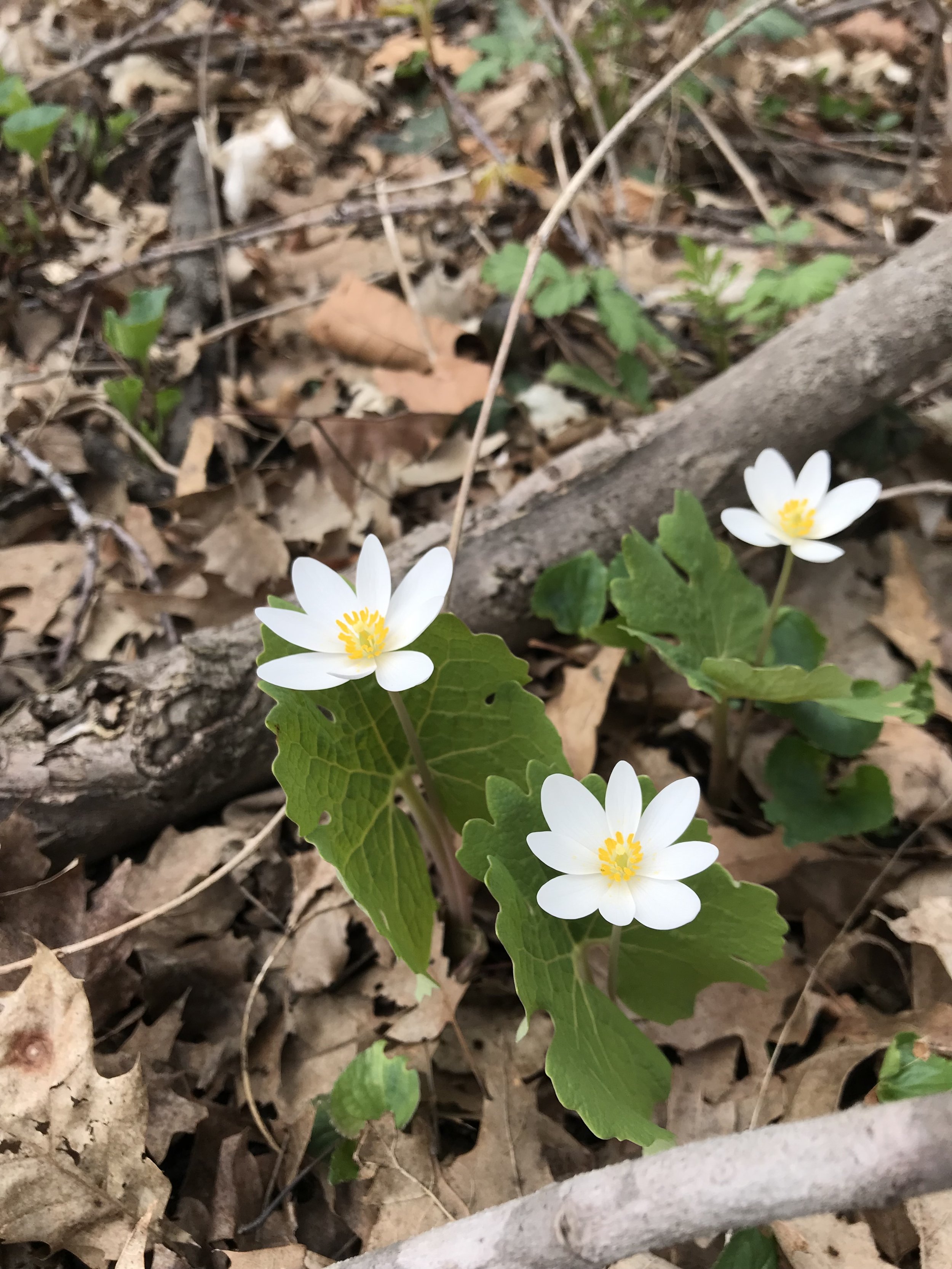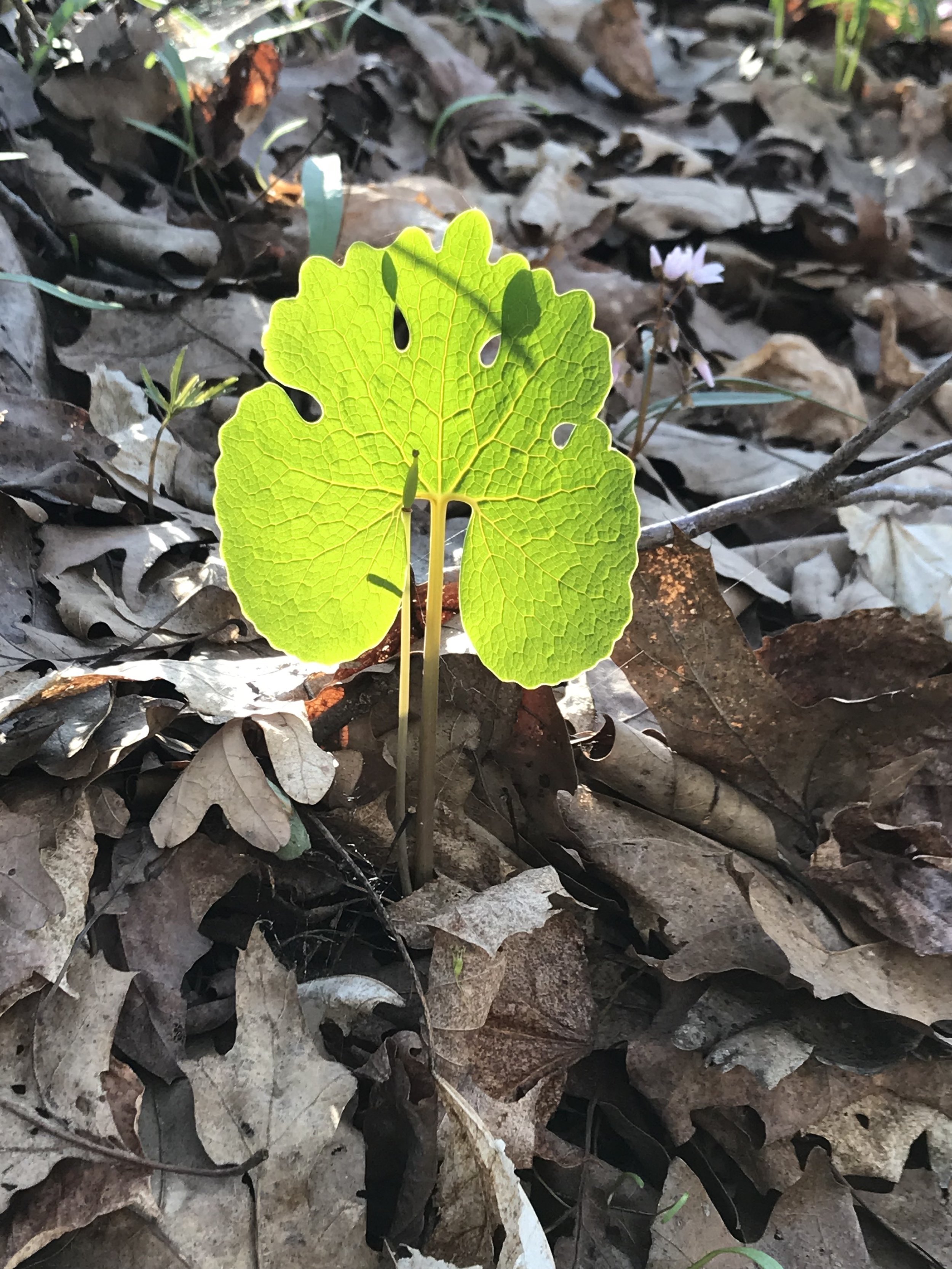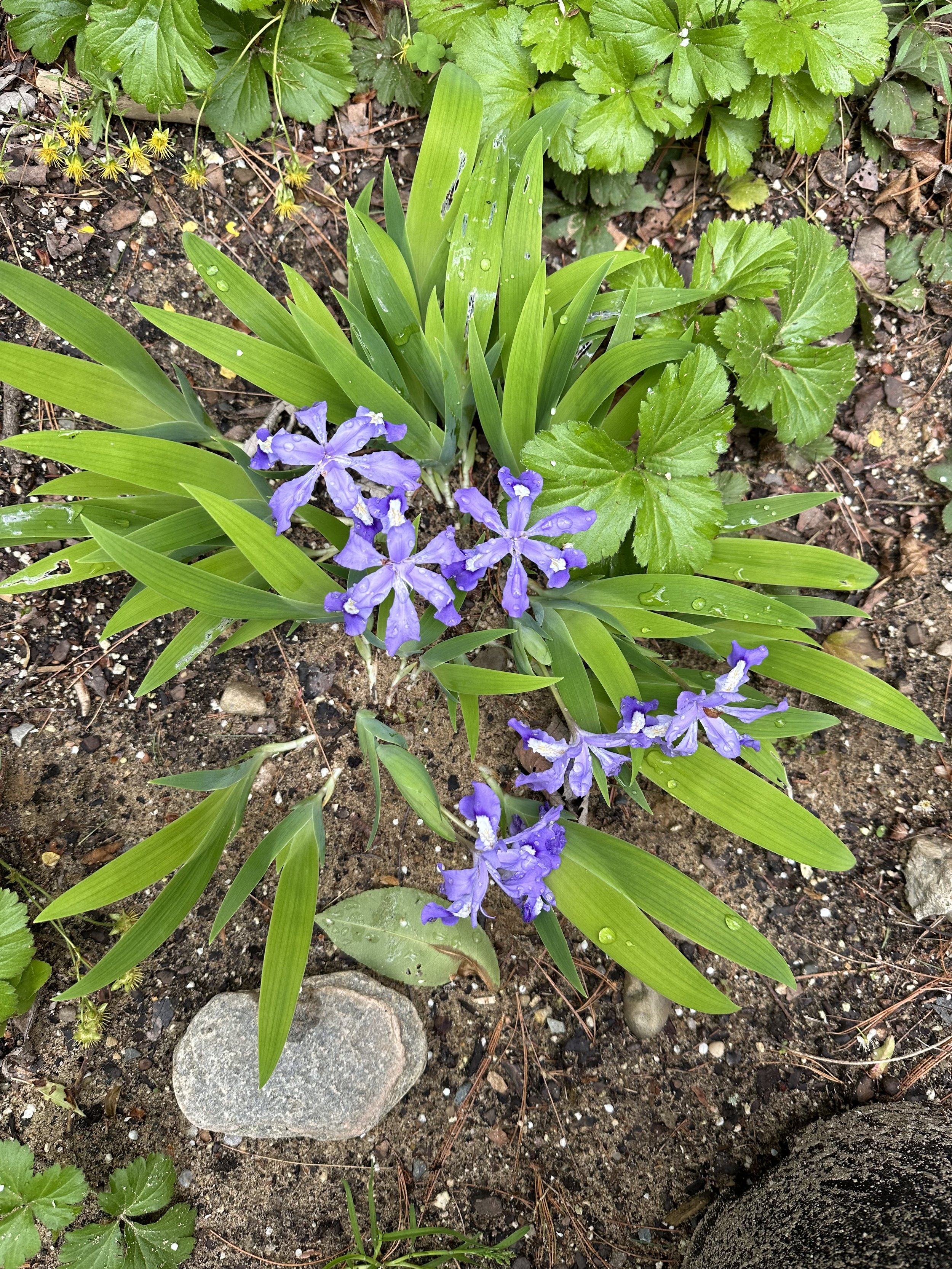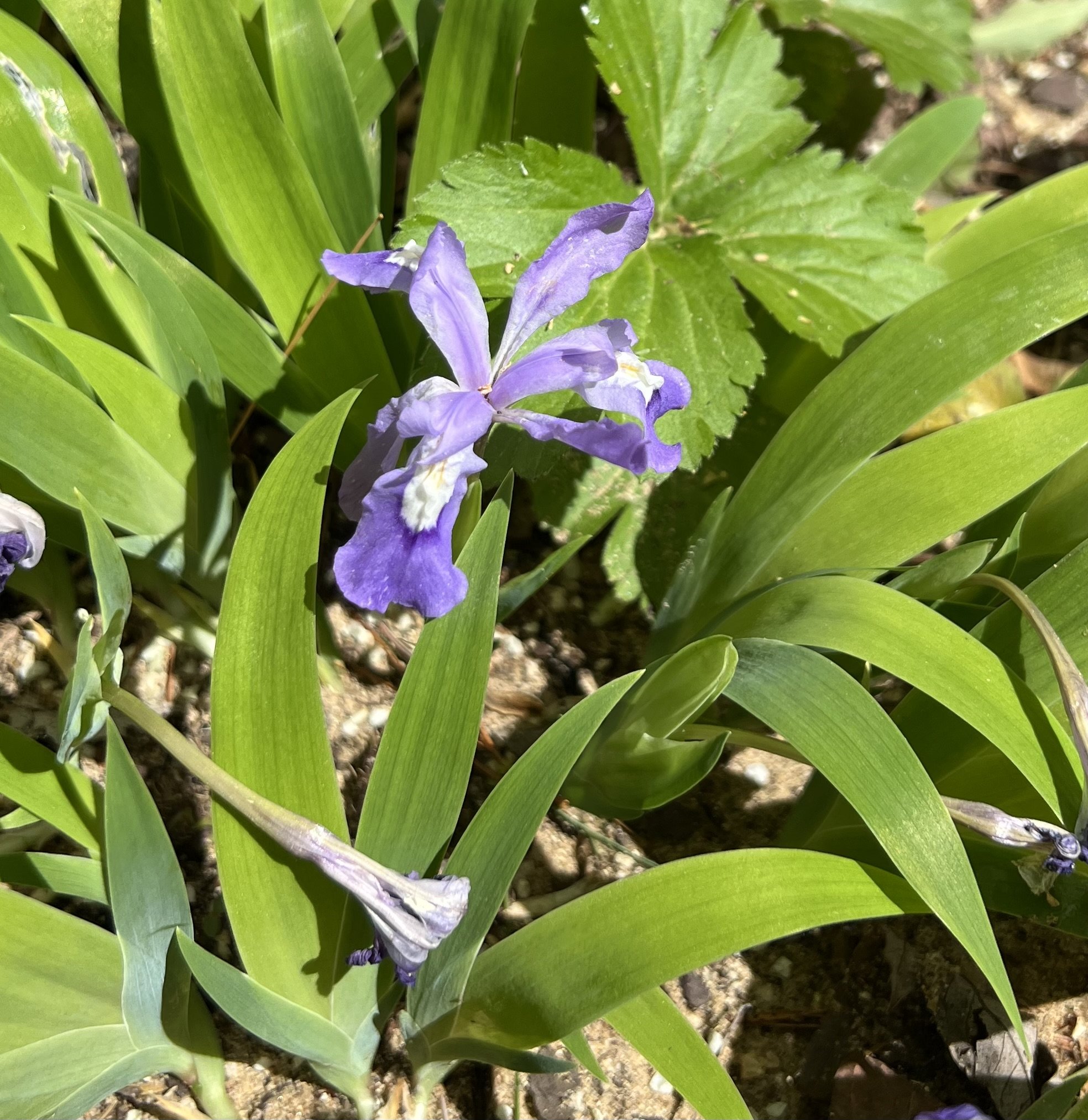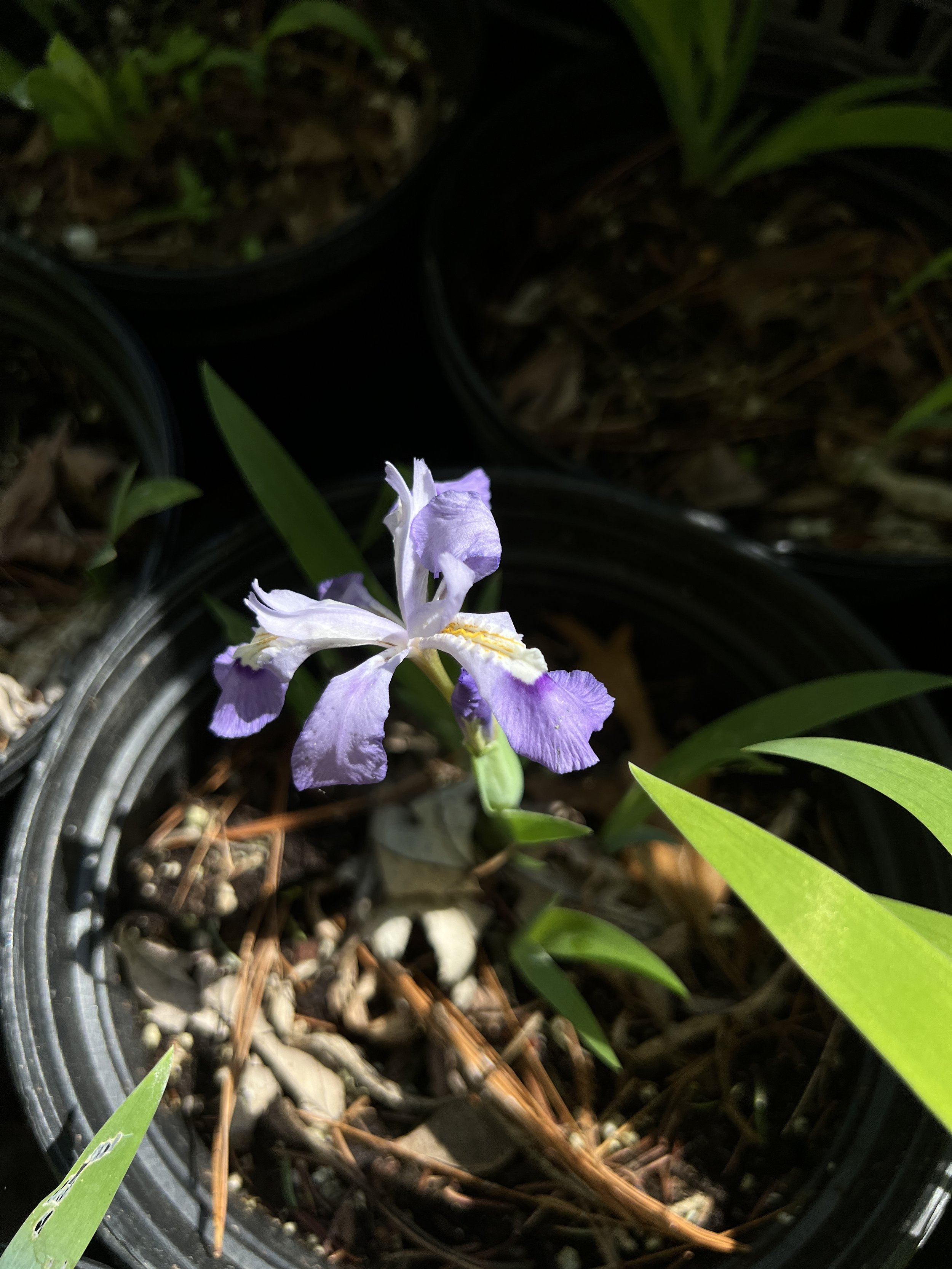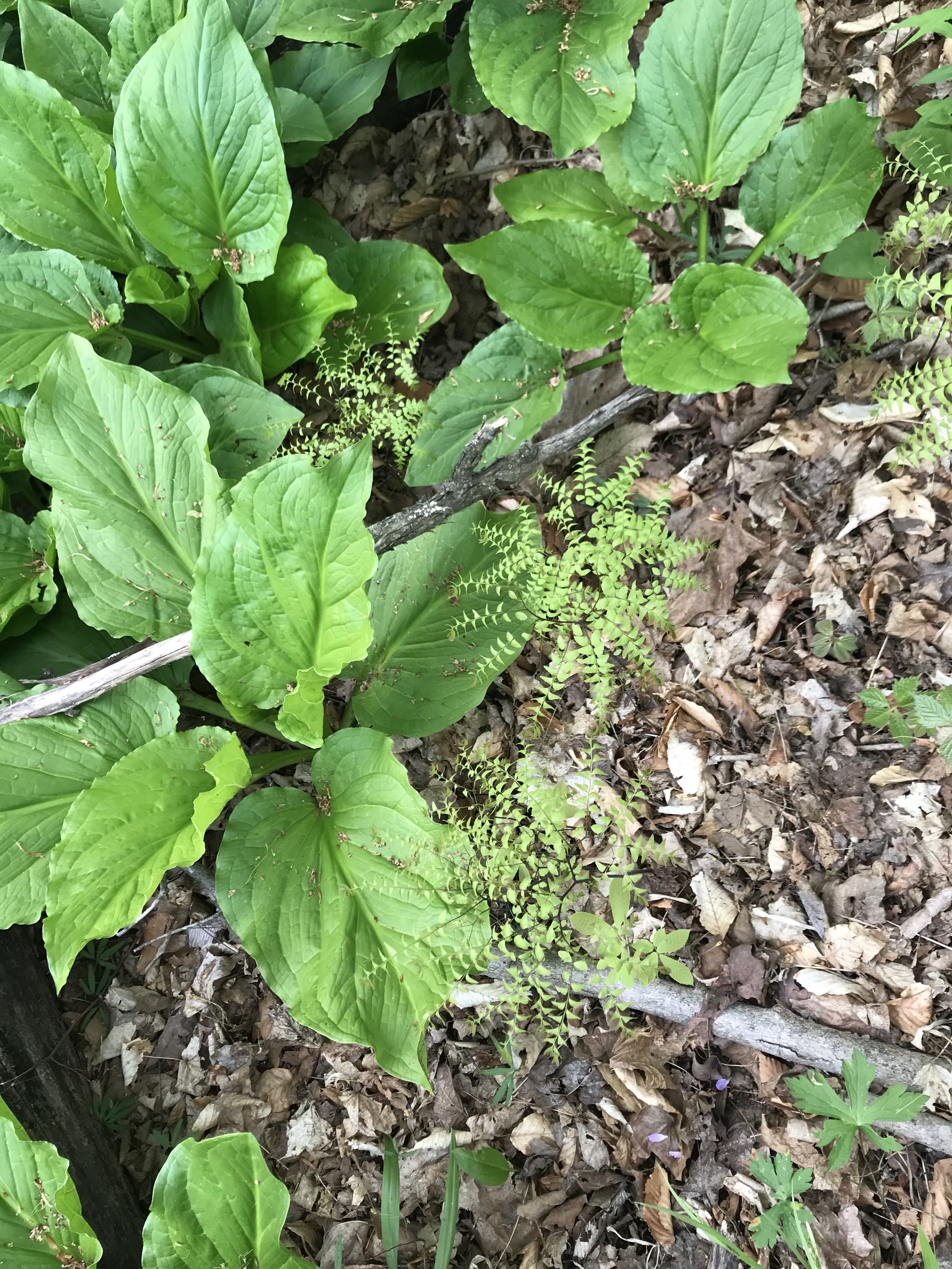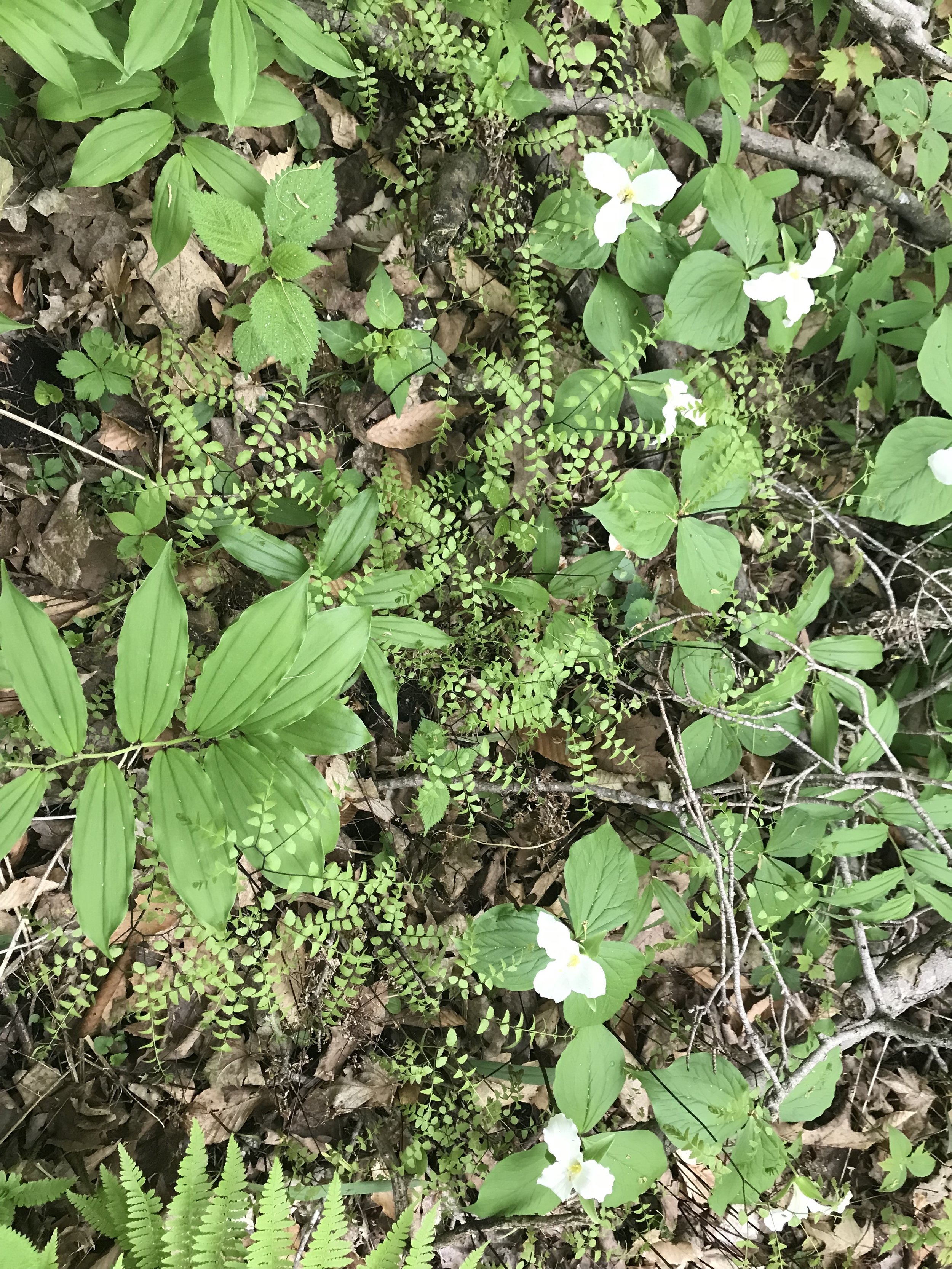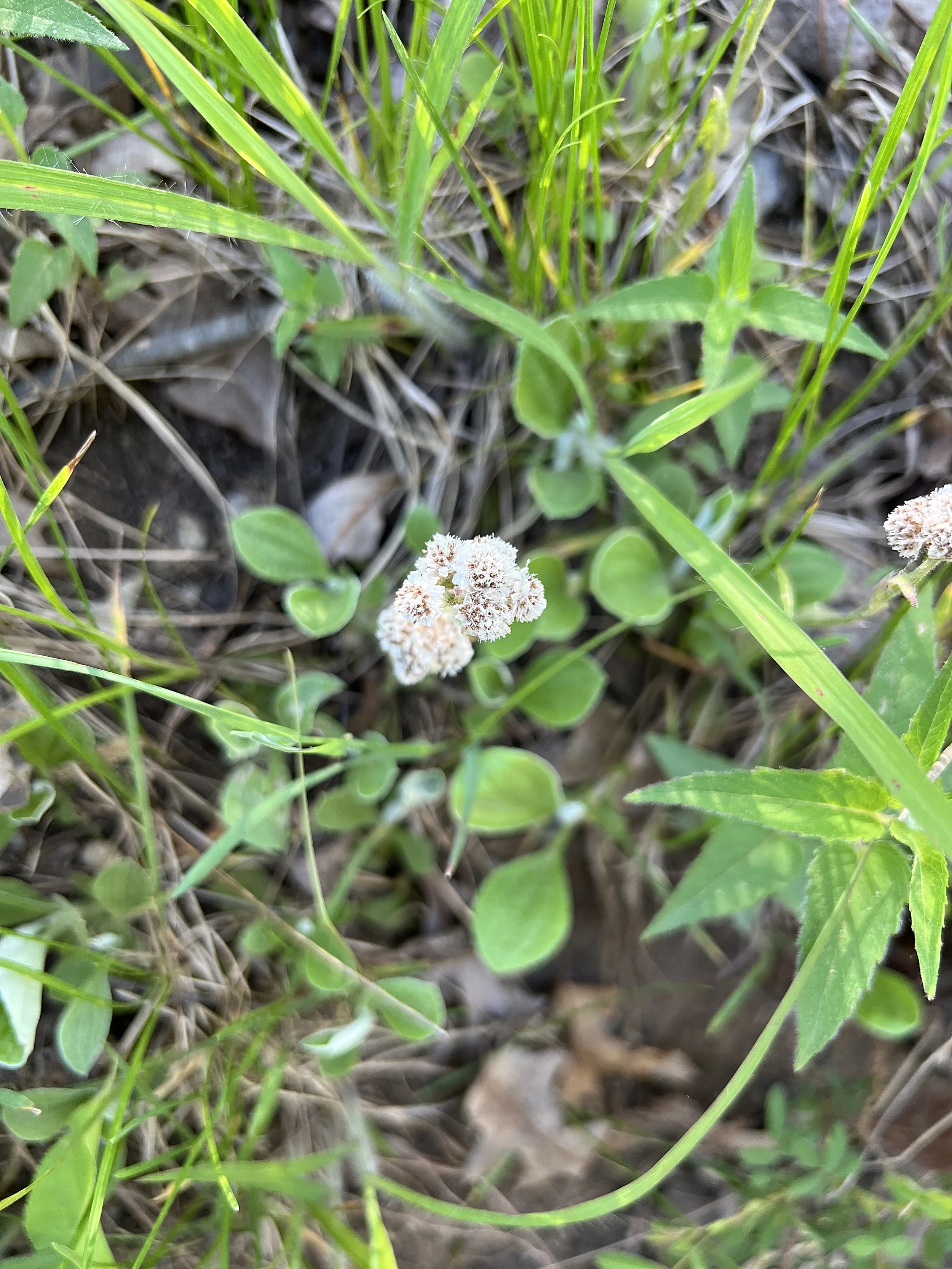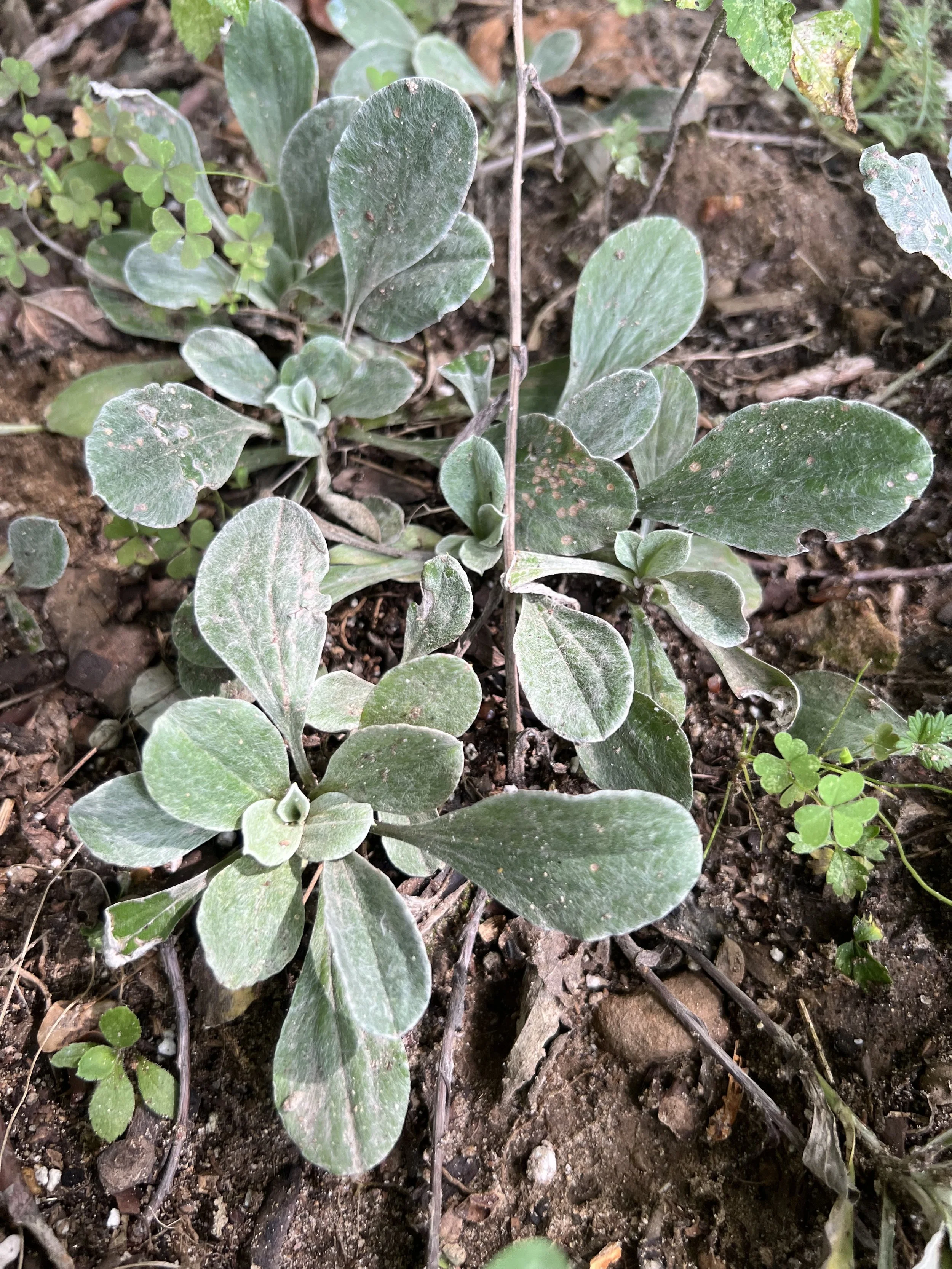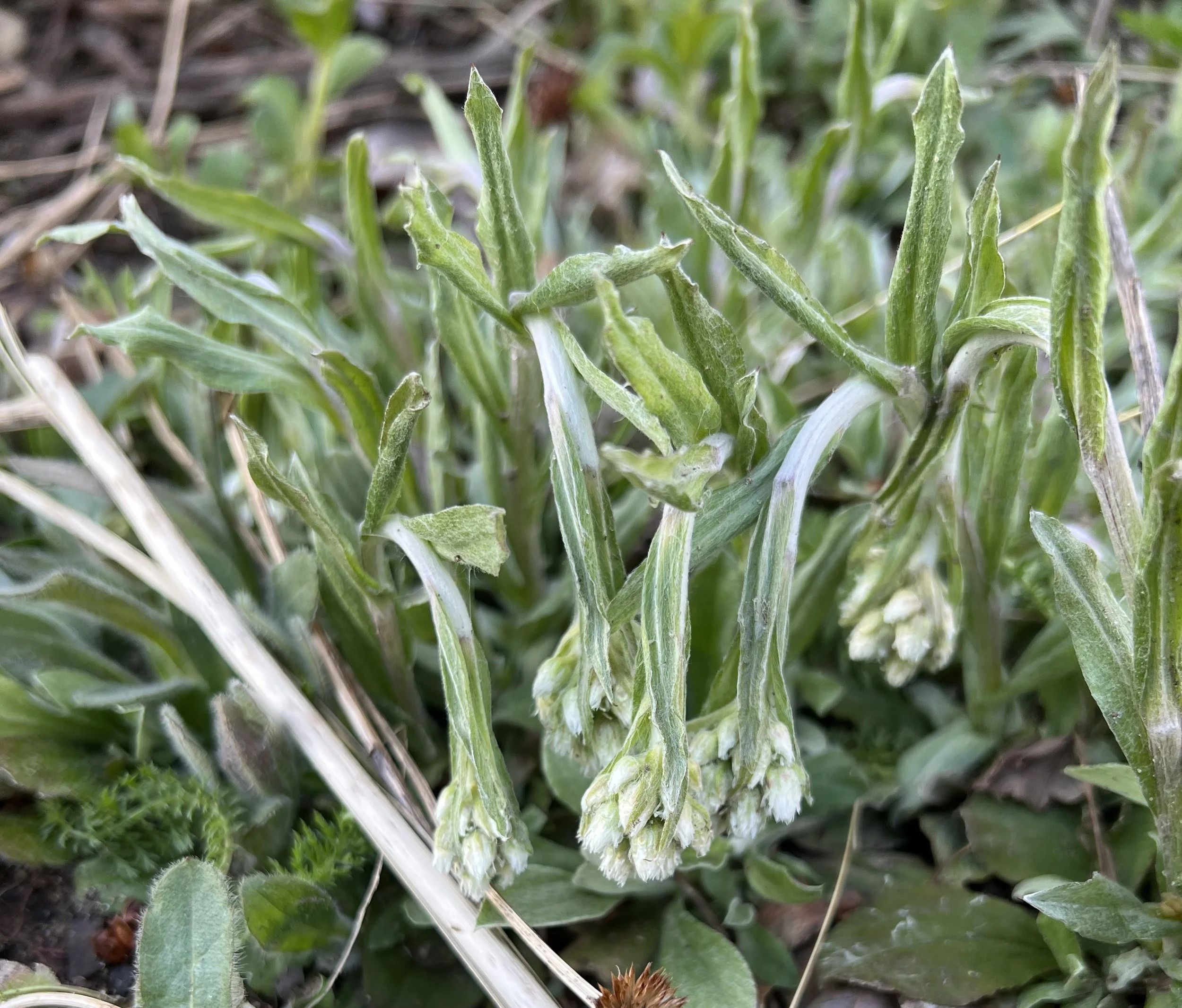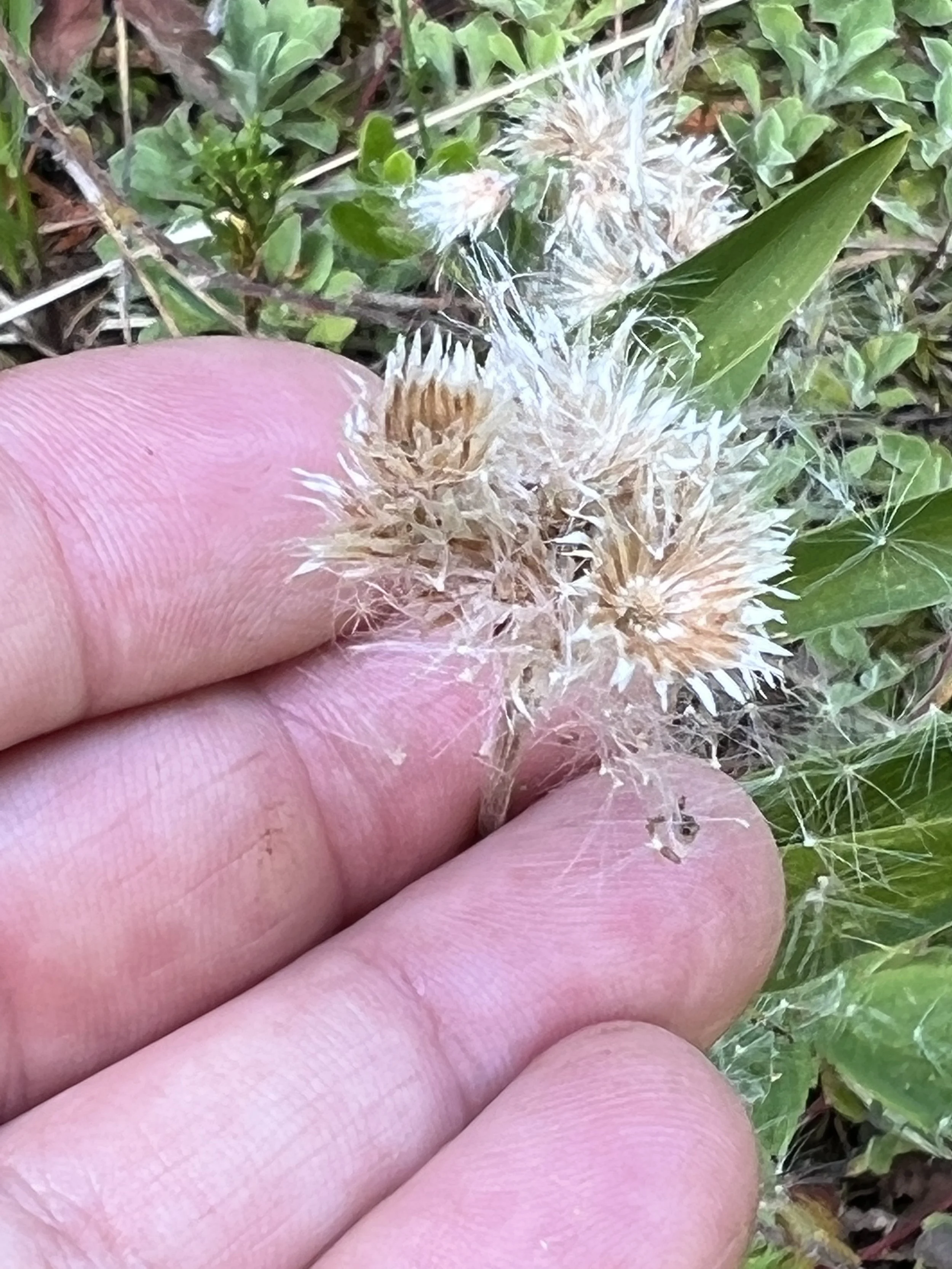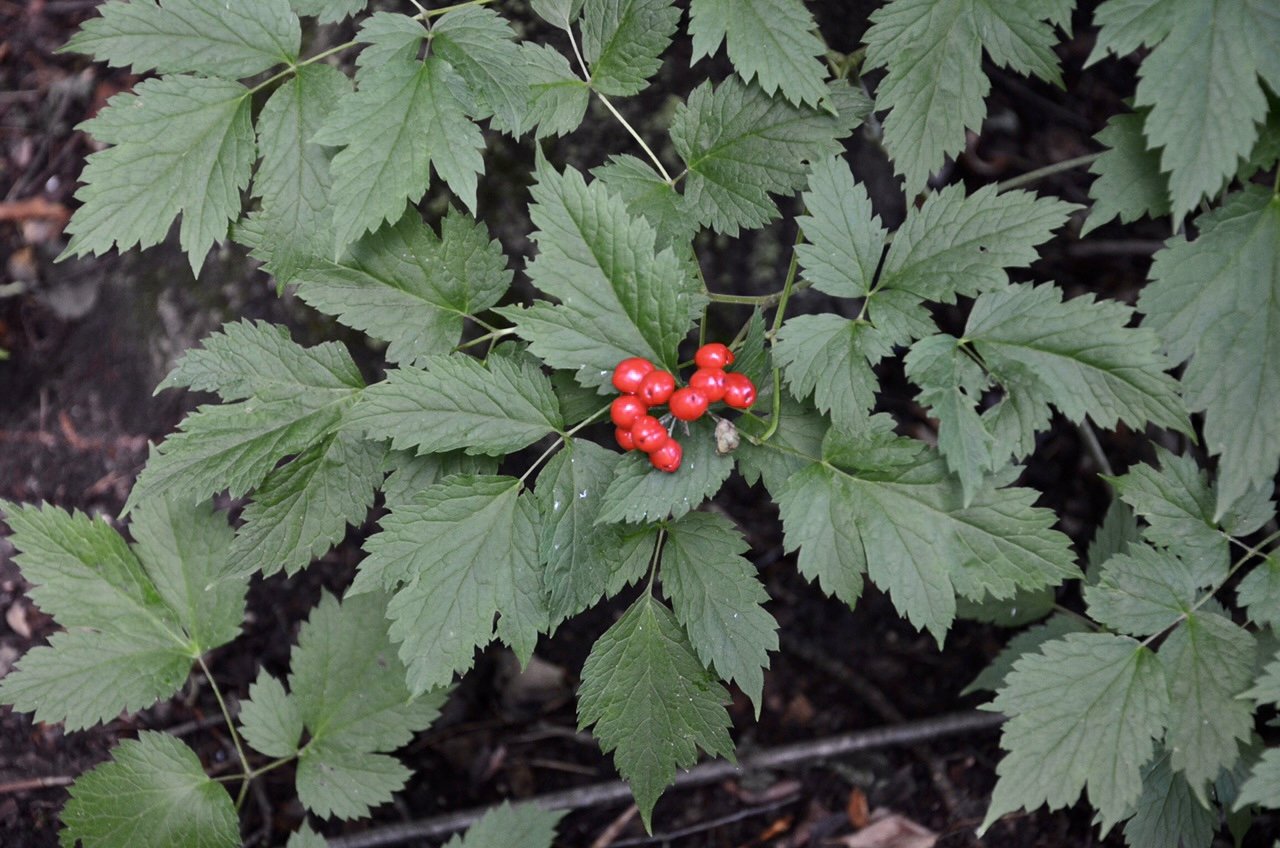 Image 1 of 4
Image 1 of 4

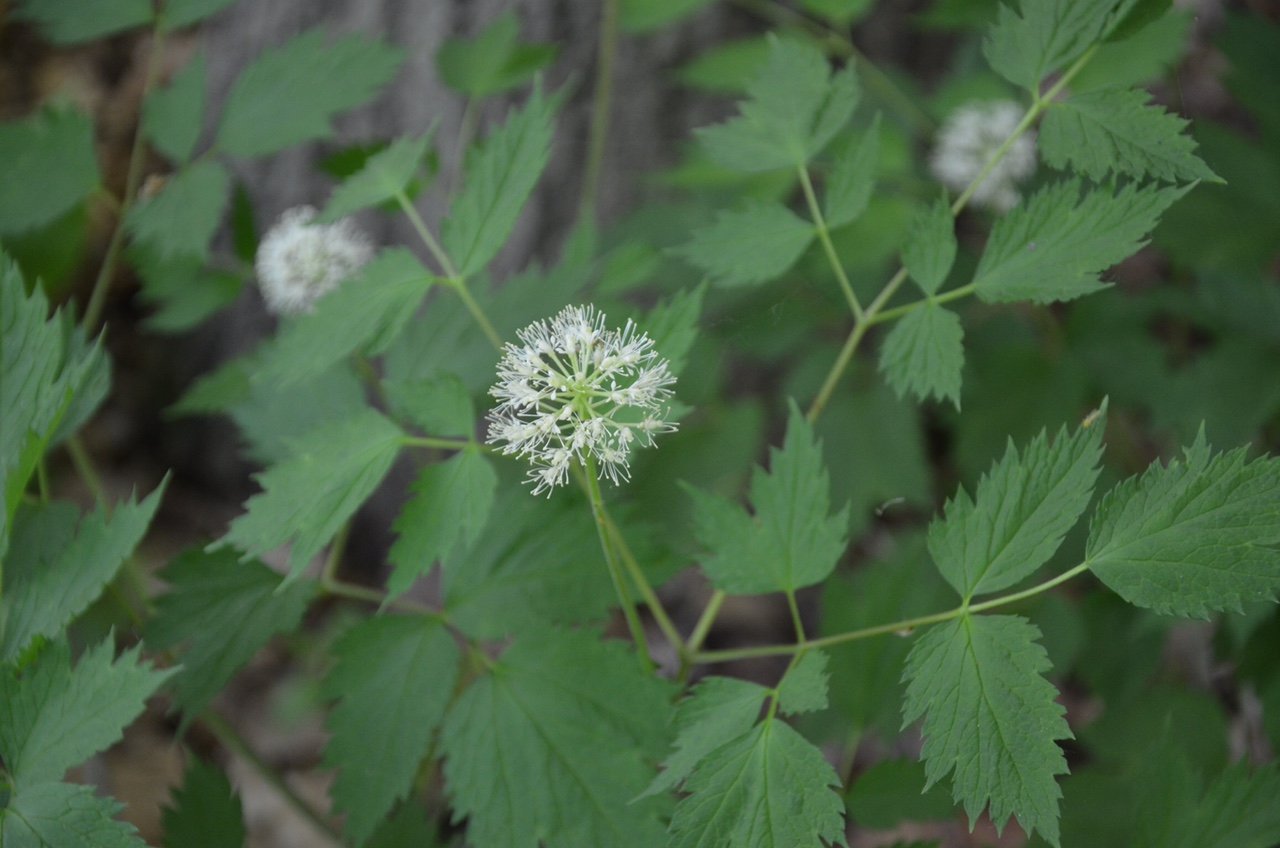 Image 2 of 4
Image 2 of 4

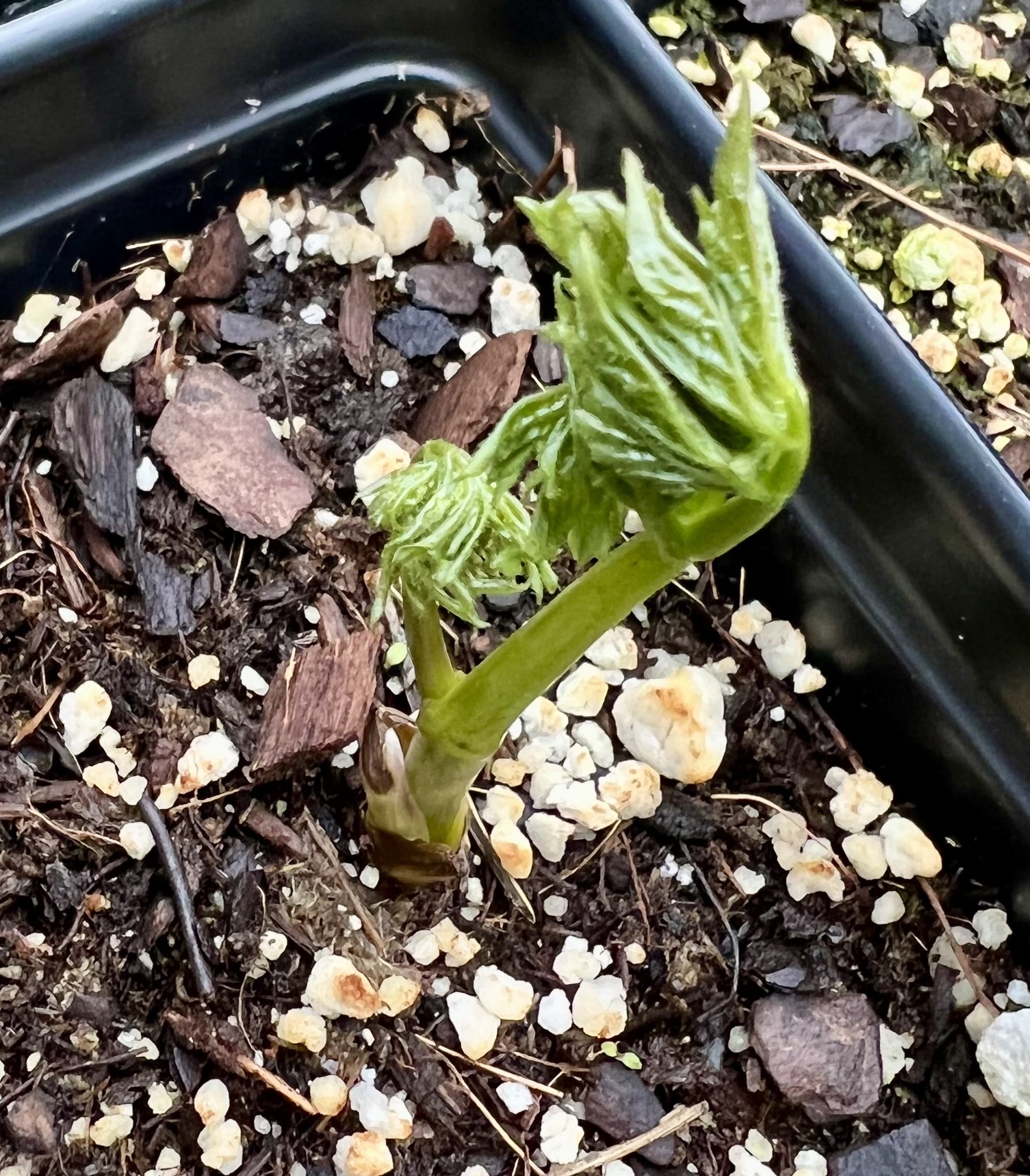 Image 3 of 4
Image 3 of 4

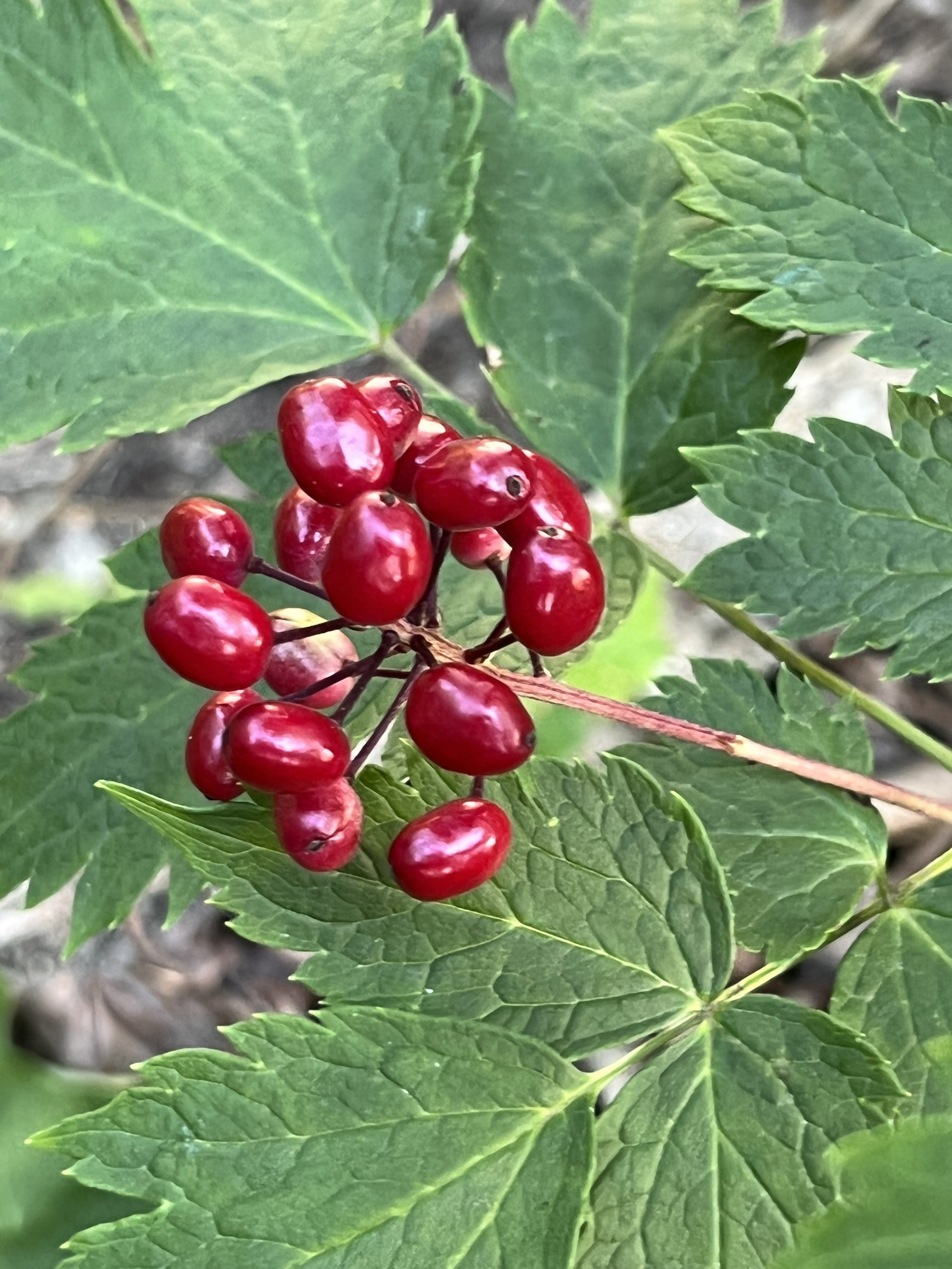 Image 4 of 4
Image 4 of 4





Red Baneberry (Actaea rubra)
from $5.50
Sold Out
Red Baneberry has beautiful dark green foliage and is an excellent eye-catching plant for the woodland garden. Flowers bloom in the spring and are in a white cluster called a raceme. Once pollinated, green berries on slender stalks form, eventually turning a bright, appealing red in mid-to-late summer. Inside the berries, wedge shaped seeds form that fit together like a puzzle.
Plants range from 1-3 feet tall. Richer soil likely causes taller plants and these plants really like rich soil, full of humus. Let the fall leaves stay on the ground and break down naturally. If you can save some fall leaves in a pile and replace the leaves at the bases of the plants as they break down. This organic matter will help the soil begin to drain well, if you don’t have naturally well-drained soil. Baneberry plants do well in dappled shade and they can also tolerate full shade.
All parts of the red baneberry plant are poisonous to humans. Take care in planting if you have small children using the yard for play, Due to this toxicity, deer will usually avoid this plant, but birds will enjoy the berries. Birds aid in the dispersal of the seeds.
Red Baneberry is found throughout the state of Michigan in a wider range of ecotypes than white baneberry, but they are often seen together in rich deciduous hardwood forests.
Companion Plants: wild sarsaparilla, Dutchman’s breeches, cucumber root, partridgeberry, wild leeks, starflower, trillium, violets
Red Baneberry (Actaea rubra)
Michigan Flora reference page for state distribution: Red Baneberry
height: 1-3 feet
bloom time: April-May
soil: medium, rich
sun: partial, shade
plant spacing: 18”
flower: white (berry: red)
life cycle: perennial
family: Ranunculaceae
seed source: Michigan
Sizes:
Get notified by email when this product is in stock.
Red Baneberry has beautiful dark green foliage and is an excellent eye-catching plant for the woodland garden. Flowers bloom in the spring and are in a white cluster called a raceme. Once pollinated, green berries on slender stalks form, eventually turning a bright, appealing red in mid-to-late summer. Inside the berries, wedge shaped seeds form that fit together like a puzzle.
Plants range from 1-3 feet tall. Richer soil likely causes taller plants and these plants really like rich soil, full of humus. Let the fall leaves stay on the ground and break down naturally. If you can save some fall leaves in a pile and replace the leaves at the bases of the plants as they break down. This organic matter will help the soil begin to drain well, if you don’t have naturally well-drained soil. Baneberry plants do well in dappled shade and they can also tolerate full shade.
All parts of the red baneberry plant are poisonous to humans. Take care in planting if you have small children using the yard for play, Due to this toxicity, deer will usually avoid this plant, but birds will enjoy the berries. Birds aid in the dispersal of the seeds.
Red Baneberry is found throughout the state of Michigan in a wider range of ecotypes than white baneberry, but they are often seen together in rich deciduous hardwood forests.
Companion Plants: wild sarsaparilla, Dutchman’s breeches, cucumber root, partridgeberry, wild leeks, starflower, trillium, violets
Red Baneberry (Actaea rubra)
Michigan Flora reference page for state distribution: Red Baneberry
height: 1-3 feet
bloom time: April-May
soil: medium, rich
sun: partial, shade
plant spacing: 18”
flower: white (berry: red)
life cycle: perennial
family: Ranunculaceae
seed source: Michigan



